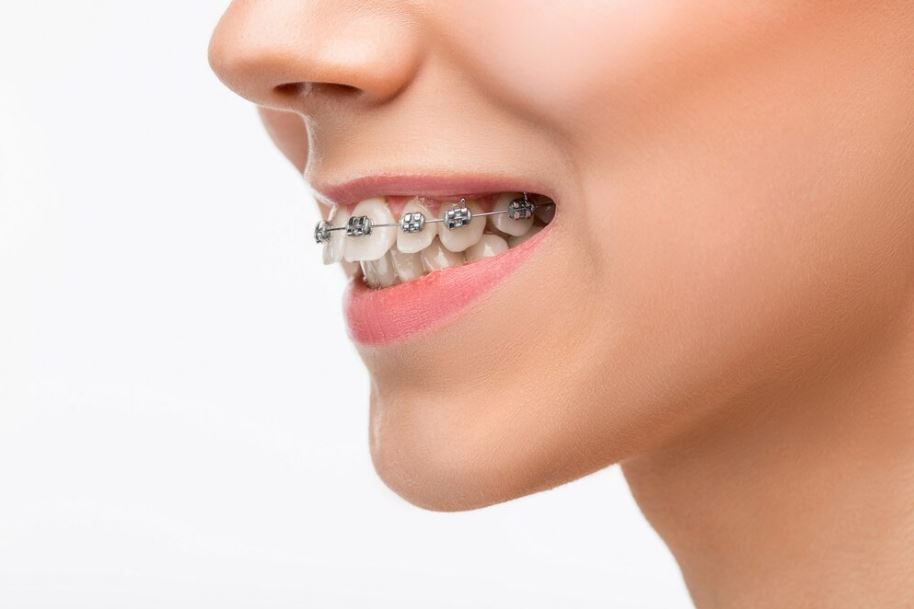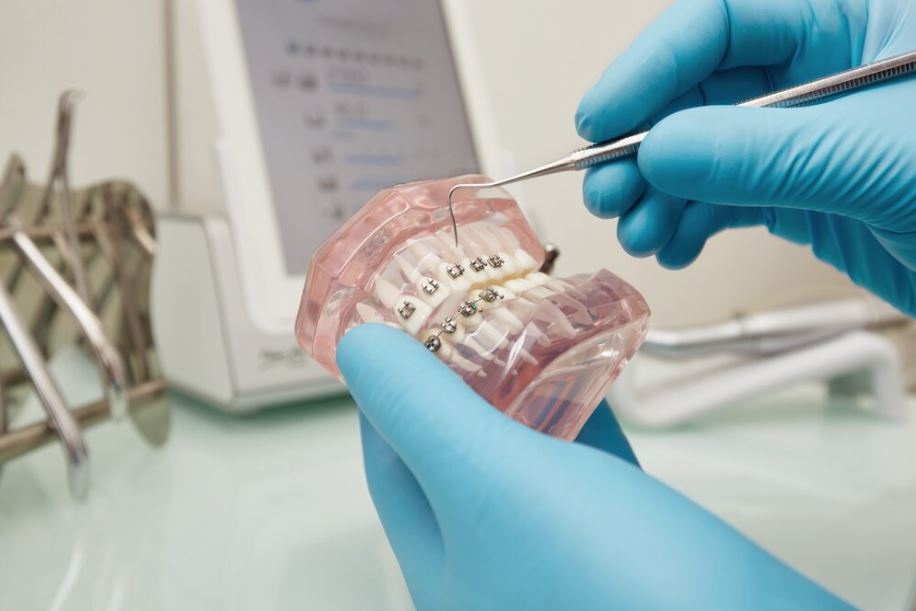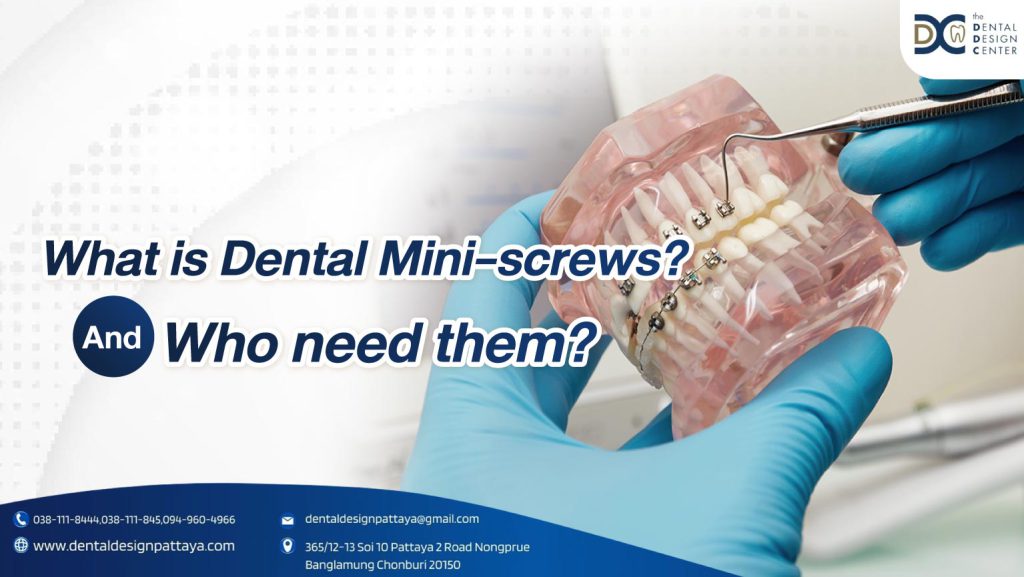What is dental mini-screws? This is questions many people wonder about, as they may have heard that different orthodontic or braces case require different appliance or tools, the choice depends on the dental issues and the dentist’s assessment. This article will introduce you to mini-screws and other orthodontic auxiliaries you should know before deciding to get braces.
What are dental mini-screws?
Mini-screws are orthodontic auxiliaries (or braces auxiliaries) that serve as anchorage points for attaching elastics when there aren’t enough natural anchor point and they are removed when orthodontic treatment is complete. Mini-screws are small screws inserted into the bone to provide anchorage for moving teeth and mini-screws are actually made of titanium alloy, a biocompatible material that doesn’t pose any danger or adverse effects on the immune system.
Who needs dental mini-screws?

Not all orthodontic cases require mini-screws. The dentist will assess and determine if a patient needs mini-screws and how many. Cases that may require mini-screws include:
- Overbite or abnormal bite issues
- Large gaps between molars and permanent teeth
- Cases where elastics can’t be attached to anchor teeth for proper tooth movement due to insufficient anchor teeth
- Difficult to move teeth, where mini-screws help utilize force from other teeth to speed up movement or allow normal movement
Other orthodontic auxiliaries

Besides mini-screws, other orthodontic auxiliaries help make treatment as effective as possible:
Brackets
Brackets are attachments bonded to teeth with a slot for the archwire and edges for attaching elastics. Some have hooks for additional elastic attachment. Brackets control tooth movement to achieve proper alignment.
Archwires
Archwires control the direction and position of tooth movement. Teeth move along the archwire through the brackets.
O-rings
O-rings secure the archwire in the bracket slot, allowing the wire to move to the desired position. Patients with metal braces typically change the color of these elastics monthly.
Chains
Chains help move teeth into alignment and close gaps between teeth. Not everyone needs them; it depends on the orthodontist’s assessment.
Elastics
Elastics are attached between teeth, hooking onto bracket hooks to keep teeth in place and align them as desired. They should be changed every 12-24 hours as they may lose tension.
Bite
Bite or Bite turbos help raise teeth in cases of deep bite or abnormal bite. They may make chewing difficult initially but aren’t used throughout treatment. Their use depends on the orthodontist’s assessment. If they break, see your orthodontist immediately.
Buttons
Buttons are small attachments bonded to teeth for attaching elastics to rotate teeth into the desired position. Some are for patient use, while others are managed by the orthodontist.
Plates
Plates help separate upper and lower teeth or may be used with screws to expand space in certain areas, as determined by the orthodontist.
(Read more: Braces cost and how much for first-time treatment?)
Conclusion
Mini-screws enhance orthodontic treatment efficiency but don’t necessarily speed up tooth movement. They aren’t required in all cases and depend on dental issues and the orthodontist’s assessment. If you’re considering orthodontic treatment, research thoroughly and choose a reputable, high-quality dental clinic for the best care.
Dental Design Center are Pattaya dental clinic, we cover all aspects of general dentistry, cosmetic and implant surgery, specializing in orthodontics and complex restorative work and implant dentistry. And our dentists are certified by reputable institutions. And if you are interested in our services, you can visit or contact us to inquire about promotion on our website.

